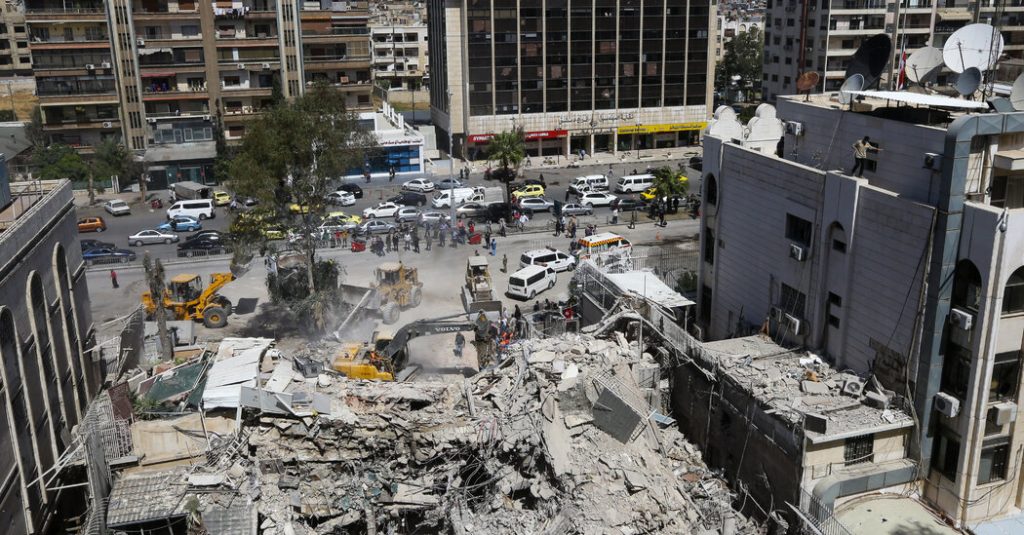On a Monday evening, Israeli warplanes conducted a successful strike in Damascus, Syria, targeting an embassy building and killing senior Iranian military commanders with precision. However, just a few hours later, Israeli military forces mistakenly launched missiles on an aid convoy in Gaza, resulting in the deaths of seven foreign aid workers and tarnishing Israel’s reputation. The incident raised questions about the rules of engagement in Israel’s fight against Hamas, highlighting the challenges faced in distinguishing combatants from civilians.
Israeli officials attributed the accidental attack on the aid group World Central Kitchen to the complexities of a wartime environment, reduced visibility at night, and the presence of armed locals guiding the convoy. In contrast, the Damascus raid was a meticulously planned operation approved at the highest levels, based on minute intelligence of the target and its occupants. The discrepancy in outcomes raised concerns about Israel’s military tactics and decision-making processes.
Military analysts questioned the Israeli military’s explanations for the Gaza convoy incident, suggesting that the shoot-first engagement style targeted at Hamas fighters could have led to the accidental killing of aid workers. The Israeli military’s commitment to targeting Hamas combatants in Gaza raised ethical concerns about civilian casualties and the principles of respecting the immunity of non-combatants during conflict situations.
The Israeli military targeted the World Central Kitchen convoy after it had delivered supplies and was returning to its base. While Israeli military officials acknowledged the mistake, they emphasized the complexity of the conditions and misidentification during a war setting. The incident drew international criticism and raised questions about the necessity of clearer rules of engagement and identification of targets to avoid similar errors in the future.
The accidental killing of civilians in Gaza was not an isolated incident, as Israeli soldiers had previously mistaken Israeli hostages and telecommunication workers for combatants, leading to tragic outcomes. The mounting death toll in Gaza, with thousands of casualties, further heightened the pressure on Israel to reassess its military tactics and rules of engagement. Experts suggested that Israel needed to improve target identification and tighten its rules of engagement, particularly in light of dwindling Hamas fighters among the civilian population.
While the targeted strike in Damascus demonstrated Israel’s precision and efficiency in a controlled environment, the complexities of fighting in Gaza led to errors and unintended consequences. Experts and former Israeli officials highlighted the challenges of waging war in Gaza, likening it to navigating a jungle where mistakes and misjudgments were more likely. Despite efforts to learn lessons from past errors, the dynamic and uncertain nature of the battlefield in Gaza posed ongoing challenges for Israel’s military forces.


